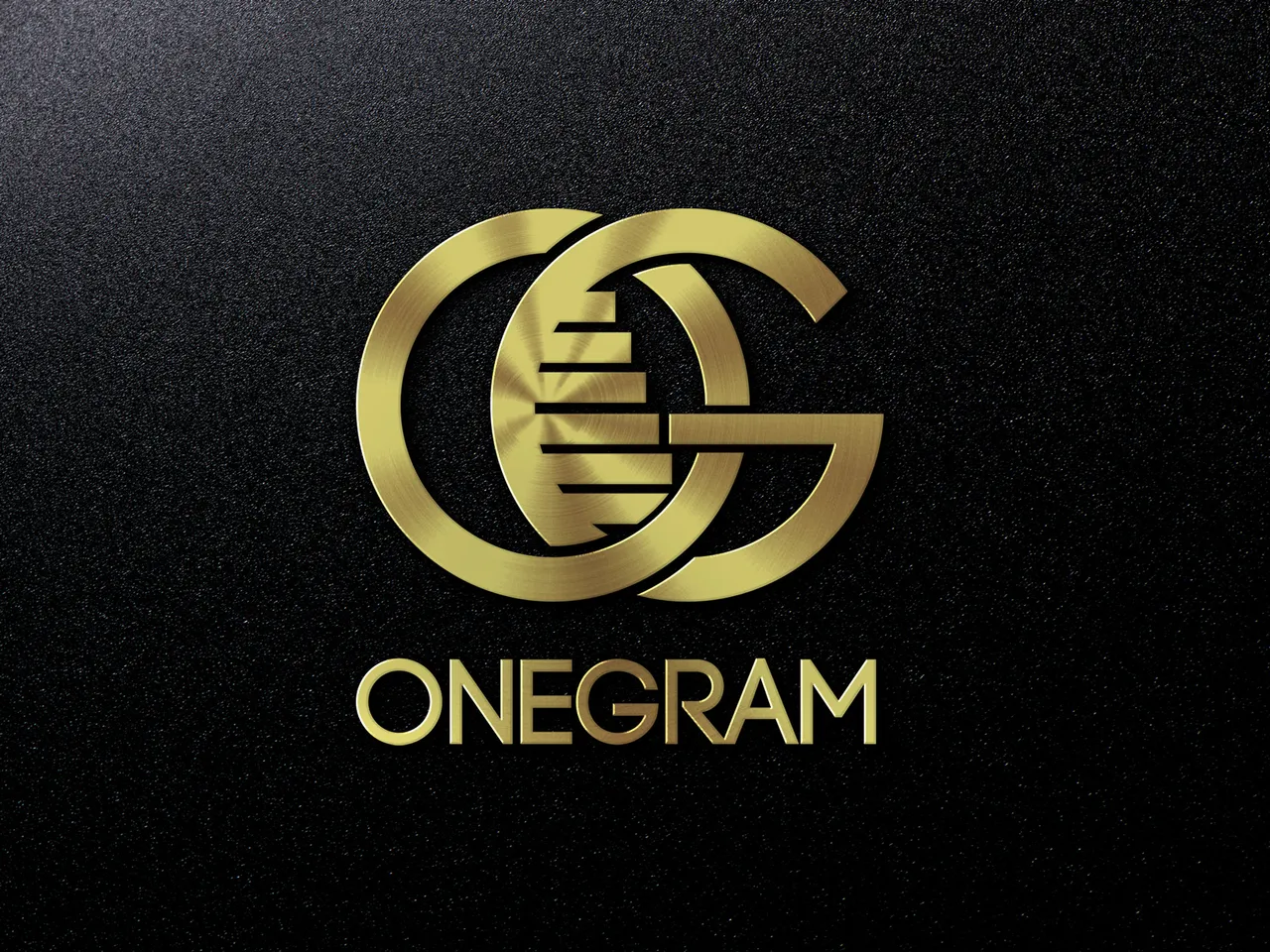It all started pretty harmlessly: in December 2016, after about 12 months of deliberations, the Accounting and Auditing Organisation for Islamic Financial Institutions (AAOIFI) and the World Gold Council announced a new “Shari’ah Standard on Gold.”
The new standard was celebrated as a potentially big boost for global gold demand as it would give more than 2 billion Muslims in the world access to gold-based financial products that were previously forbidden to them.
That included vaulted gold, gold accumulation plans, gold certificates, gold-backed ETFs like GLD, and gold mining stocks.
Under Shari’ah law, physical gold was considered a “ribawi item,” which means it could only be used as a currency and worn as jewelry, but it couldn’t be traded for speculation or future value. However, Muslim investors were well aware that the $1.8 trillion Islamic finance business was missing out on important opportunities.
Under the new standard, Shari’ah-compliance is guaranteed as long as physical gold is the underlying asset.
And we didn’t have long to wait for a brand-new financial product coming from the Islamic world that combines the popularity of Bitcoin with the timeless value of physical gold: OneGram, a gold-backed, fully Shari’ah-compliant crypto currency.
The new currency was announced on May 4 at the Ritz Carlton, Dubai International Financial Center—with the official ICO (Initial Coin Offering) following only 17 days later.
“In recent years, the Middle East has seen incredible growth in fintech innovations including digital tokens and smart contracts,” said Ibrahim Mohammed, the founder and CEO of OneGram, in his first press release. “With OneGram, we’re excited to provide an opportunity for investors who care about Islamic financial markets and the security of commodity-backed investments to benefit from rapid technological advances in the blockchain industry.”
According to OneGram’s website, initially each OneGram coin (OGC) is backed by one gram of gold and can be used for digital payments, just like Bitcoin.